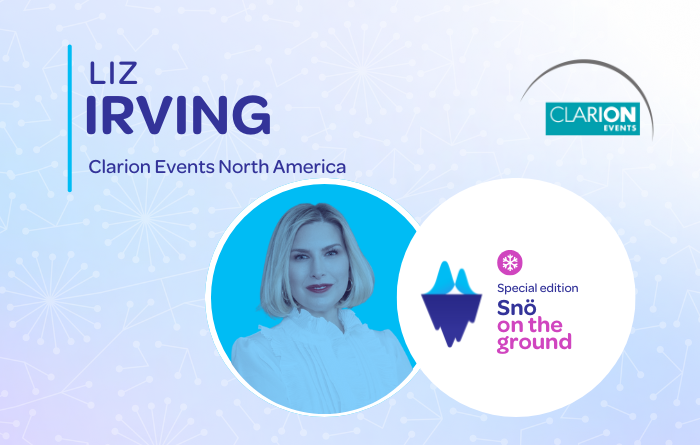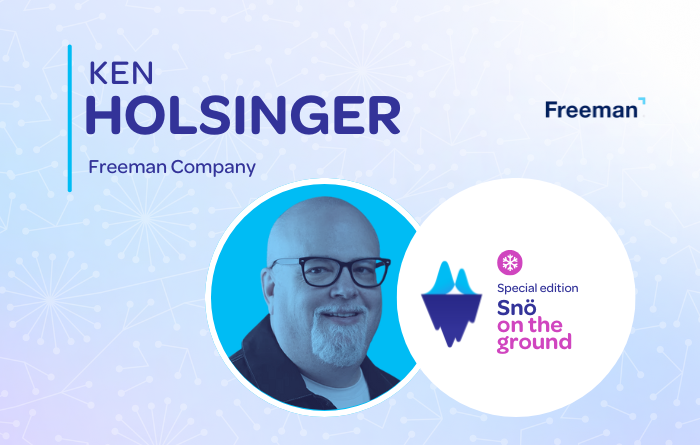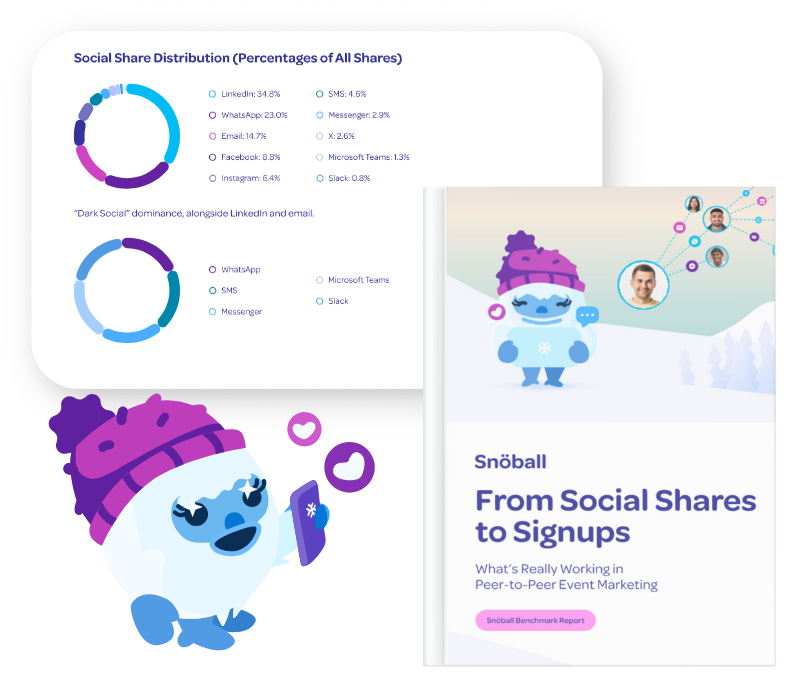“Something like Global Exhibitions Day really makes me want to shout from the rooftops about what a brilliant choice I made to work in this industry. I’ve seen wonderful places, met amazing people. And if the reach I get touches others to take an interest and get involved, that’s great.” – Chris Skeith, UFI CEO and MD.
If you’ve been in the business events industry for a while, you know Global Exhibitions Day, or GED, as most people call it.
For those new to it: GED is an annual celebration where event professionals from every corner of the industry come together to appreciate exhibitions and how they drive business, innovation, and economic growth. Through webinars, meetups, and social campaigns, thousands of eventprofs share why they’re proud to work in this field.
This year was special. The 2025 edition on June 4th marked GED’s tenth anniversary, falling right in the middle of UFI’s centennial year. UFI wanted the celebration to feel truly global, and more importantly, easier for people to join in.
So they went with a new approach.
In the past, participants and event organizations downloaded branded assets from the UFI website and created their own posts. It worked, but it was a lot of manual work.
This year, UFI partnered with Snöball to make advocacy as simple as a single click.
This meant eventprofs could personalize messages, add their own photos, and post across multiple social channels instantly. No downloads. No design work. No hours wasted.
The result was a wave of GED 2025 posts that brought together the global community, turning up the volume on the celebration.
As Chris puts it: “We stand for community. Our role is to connect people all over the world through events, and using Snöball helps us reach audiences we wouldn’t otherwise access.”
This campaign continues the partnership between UFI and Snöball, which has already powered several UFI events this year.
And with the UFI Global Congress just around the corner, it’s the perfect time to revisit how peer-to-peer marketing is helping UFI bring its mission of connection to life.
In our latest Sevinar, Chris joins Rachel Stephan, CEO and Founder of Snöball, to discuss what steps they took to make GED 2025 into something much bigger than a campaign, and how peer advocacy solutions helped them.
We’ve broken it down into 7 key takeaways for an easy, insightful read. Enjoy!
1. Make participation incredibly easy
Chris says: “In my previous company, we did the LinkedIn posts manually to promote speakers. It took a lot of time and energy. The beauty of working with Snöball as a partner is how simple it is—simple for us, simple for the speakers. It acts as a whole new audience and a whole new set of connections.”

GED celebrations have always been social media-forward. Eventprofs and companies across the world share their enthusiasm online, connected by GED’s signature visuals and hashtags, like #GED2025 this year.
Earlier, this social posting would take a fair bit of effort – designing the perfect banner, writing captions, adding hashtags, and finally sharing them on social channels.
For GED 2025, UFI used Snöball to remove all that friction. No more downloads or manual hours were needed. Event pros could simply click a personalized link, tweak the post if they wanted and share it to 17+ social channels.
When you make participation effortless, even the busiest of people will take a few seconds to get involved.
2. Let community become your media channel
Chris talks about empowering your event community.
He says: “It enables people to be proud and excited about contributing to the event. It all helps with our communications and promotion. We stand for community. Our role is to connect people all over the world through events, and using Snöball enables us to reach places we wouldn’t normally get to.”
People-powered trust, if amplified properly, can create a groundswell of authentic voices that tap deep into human networks.
Quite a stark difference from traditional ad campaigns, where the message flows from the brand to the audience.
Here’s the difference:
|
Traditional marketing Brand promotion → user |
Peer-to-peer marketing User → promotion → user → promotion → user (and so on) |
For GED 2025, UFI scaled its community activations through peer advocacy.
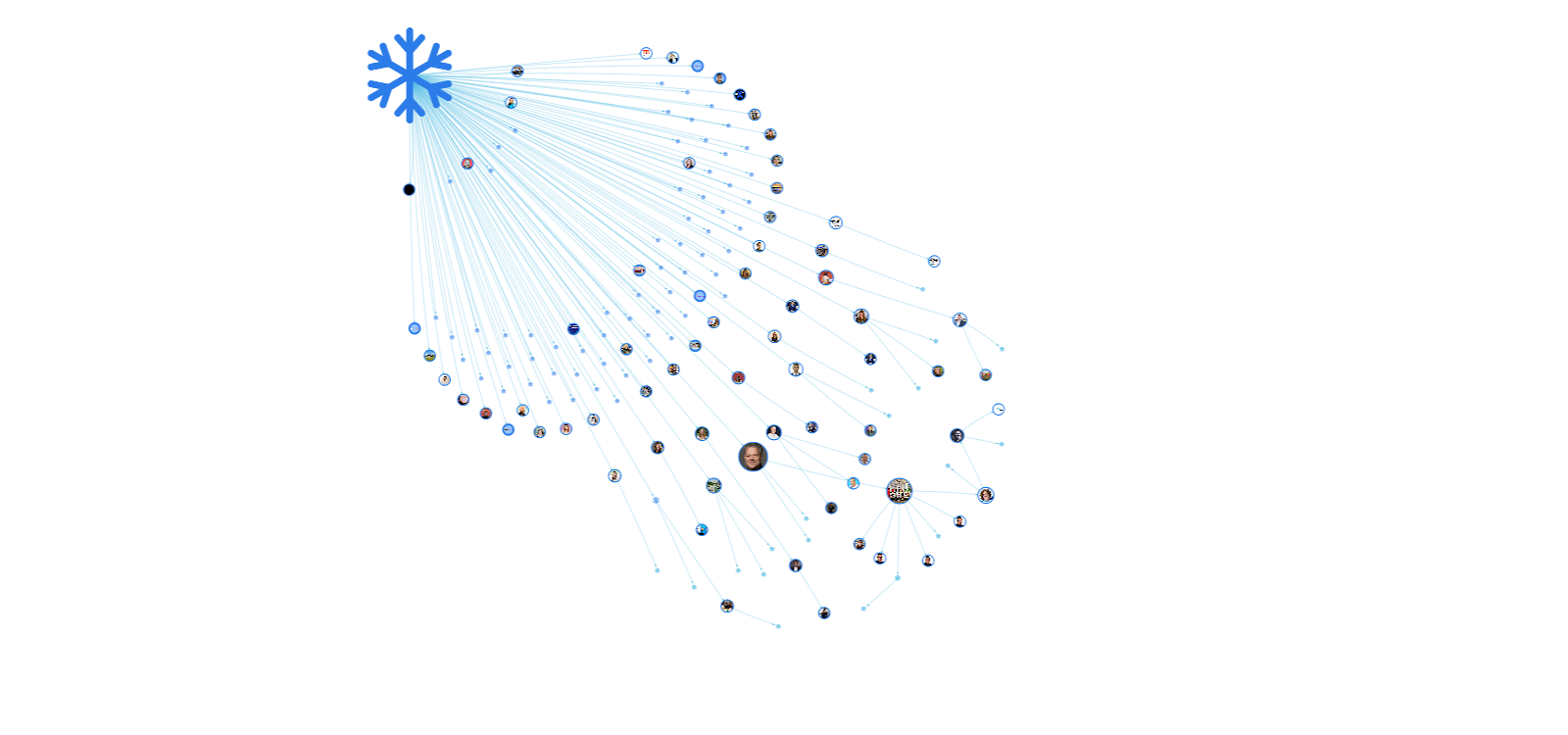
Event professionals shared their excitement from their own accounts, tagging peers and pulling their networks into the celebration.
This organic amplification carried far more authenticity than any paid campaign could replicate.
When you activate your own community, every participant becomes a storyteller with their channel of influence.
3. Keep the message simple
Chris stresses the messaging should be simple and shouldn’t put the reader in a straitjacket i.e. it shouldn’t limit their interpretation.
He says: “For GED, it was really simple this year. The theme was ‘Exhibitions Unleashed Potential.’ It’s a simple message, but people can extract what it means for them—the potential for learning, trade, or connection. Whatever your campaign, it has to resonate with your audience and be really clear.”
In the context of GED 2025:
| Bad (straitjacket messaging) | Good (flexible messaging) |
|---|---|
|
“GED celebrates how exhibitions generate $X billion in economic impact through B2B transactions”
|
“Exhibitions Unleashed Potential”
|
Simple themes work because everyone can find their own story in them.
4. Scale visibility through shared ownership
Shared ownership changes everything.
When you build a campaign that invites people to take part and not just observe, they feel more invested in it and essentially become advocates.
Chris takes note: “It was simple for us, and simple for the speakers. It enables people to shout loud and proud that they’re happy to be a sponsor, happy to be a speaker, or happy to be attending.”

Co-creation drives commitment and this is what GED participants felt like.
They customized messages. Added their own photos. Put their personal spin on why exhibitions matter to them.
Some tagged colleagues asking how they were celebrating. Others shared stories about their first trade show or a career-defining exhibition moment.
When people feel seen and included, they naturally amplify your message.
That’s the power of co-creation – it bolsters real engagement and snowballs visibility.
5. Use data to validate advocacy
“If you can’t measure it, you can’t improve it.” – Peter Drucker
Running a marketing campaign without tracking or measuring data is like setting sail without a compass.
You might feel the wind and sense motion, but you’ll have no idea if you are heading in the right direction or drifting off course.
For GED 2025, UFI had that compass in hand.
Using Snöball’s real-time dashboard, they could see the live pulse of their advocacy campaign – which channels showed the strongest participation, who were the top influencers and more.
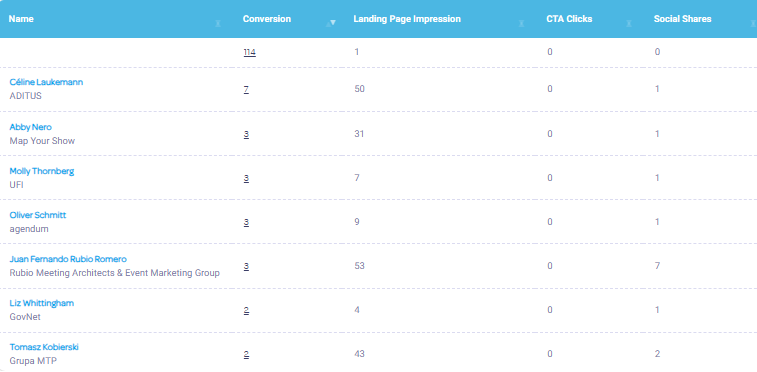
As Chris explained: “We can now monitor the reach. Before, it used to take ages to look back across different accounts and links. With Snöball, we can actually track participation and see where engagement happens. That helps us focus more on encouraging people to take part and also showcase the impact we had.”
UFI turned advocacy into something measurable. Real-time data showed what was working and where to push harder.
And in today’s landscape, that’s what leadership wants to see: clear ROI from community-driven marketing that guides smarter, more confident decisions.
6. Let regions speak their own language
A global campaign spans multiple continents, timezones, languages AND digital habits. People behave differently depending on where they are – including which social platforms have conversations on.
UFI enabled its community to share their excitement on their preferred platform.
Rachel explains: “We offered options across 17 different social channels and saw how people used them differently. That’s fascinating, because it shows where communities live digitally. Those insights can help us lift things for the future or benchmark which platforms matter most.
The data revealed clear patterns and UFI had clear proof which channels showed the most social chatter.
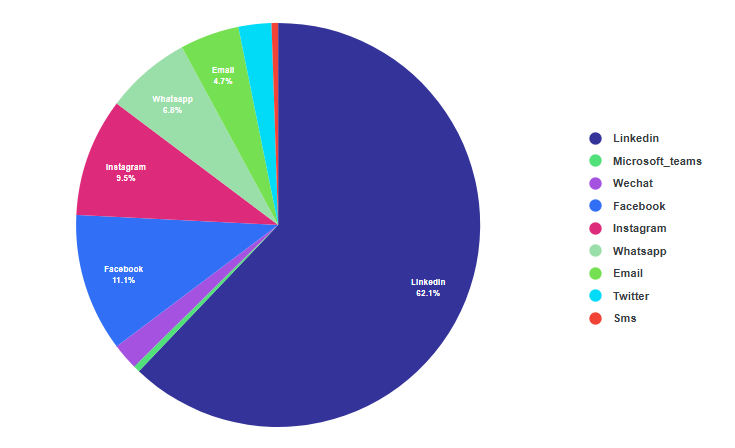
It’s crucial to make your marketing campaign feel local everywhere to build trust and get higher engagement. Don’t force everyone into the same box.
7. Turn inward advocacy into real-world influence
GED started as a moment for industry pride. People celebrating what they love about exhibitions.
But when your community speaks as one voice, people start taking notice and listen. This can be used to effect real-world change, like UFI did through GED.
While this day started out as industry pride, it’s now being used to influence policy.
Chris Skeith says: “We often talk among ourselves about what a great industry we have, but now we’re using GED to activate governments and ministers. We’re educating them about the power of live events and how exhibitions drive economies and bring knowledge-rich visitors into regions.”
The numbers back this up. According to research by Mordor Intelligence, the global events and exhibitions market size stands at $57.2 billion and is forecast to grow at a CAGR of 5.29% to hit $74bn by 2030.
This ties in perfectly with GED advocacy.
When you can show governments that your industry is unified, growing, and economically valuable, you could get a seat at policy tables to bring about real change and benefits.
Chris adds: “Being able to do this efficiently gives us headroom as a business to go deeper with advocacy. Now we can talk to new audiences – governments, ministers, embassies – and show them how exhibitions support economies and industries.”
That’s how pride turns into influence, and influence into progress.
Bottomline
Global Exhibitions Day 2025 didn’t become a global celebration because of a hashtag or an ad campaign. It worked because UFI made advocacy human, accessible, and emotionally resonant.
By simplifying participation, centering the message on community, and using data to strengthen future strategy, UFI proved that peer-powered marketing can elevate an entire industry’s voice.
For event organizers looking to mobilize their own communities, the formula is straightforward: eliminate friction, enable personalization, track intelligently, and design for pride.
With UFI celebrating its 100th anniversary at the Global Congress next week, it’s especially exciting to see how the same spirit of connection and collaboration unfolds on the stage – and on the screen.
About Chris Skeith
Chris Skeith is the CEO & Managing Director of UFI – The Global Association of the Exhibition Industry, the world-spanning body representing more than 900 organisations across 90+ countries. With a three-decade career in exhibitions and events, Chris has guided major association transformations (including at AEO – Association of Event Organisers and ESSA – Event Supplier & Services Association), built advocacy links with governments, and earned an OBE in 2021 for services to the events industry. A champion of global trade shows as engines of economic growth, he now leads UFI’s mission to connect venues, organisers and suppliers across borders.
Find out how Snöball empowers your speakers to get more audience sign-ups for their event sessions 👇


